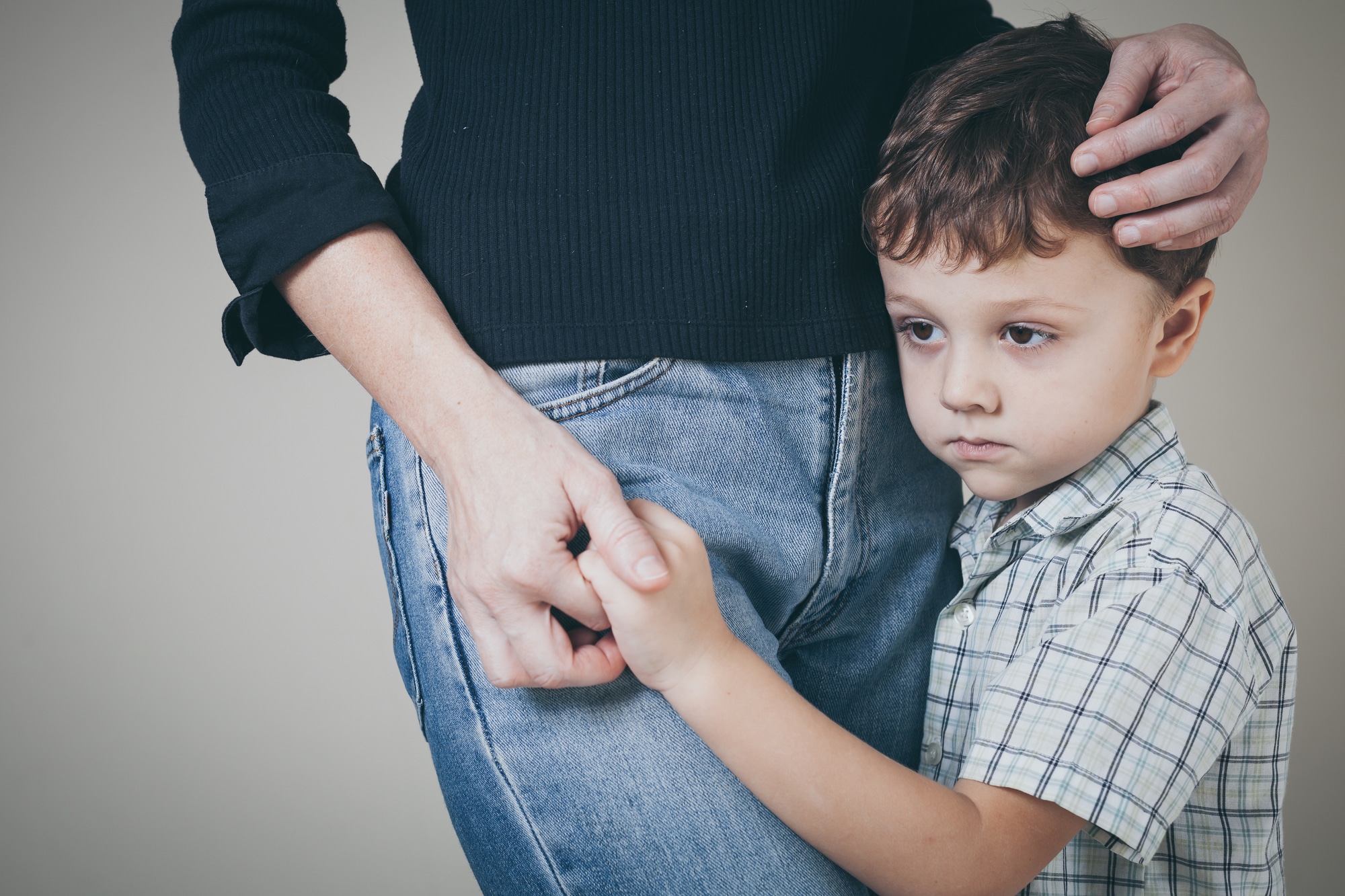Separation anxiety disorder is an anxiety disorder that occurs in childhood or adolescence. It involves a fear of separation from one’s home or family. It may also involve mounting anxiety purely over the anticipation of potential separation and ongoing fears and concerns surrounding the presumed terrible things that might happen if that separation occurs.
Children with this condition worry about being separated and avoid being alone. This diagnosis can be isolating and exhausting for both caregiver and child. Some of those environmental risk factors include low levels of parental warmth, overprotective and over-involved parenting behaviors, and parental intrusiveness in emotional regulation and behavior. Traumatic or stressful life events are also thought to increase the risk of developing SAD in children. This includes the absence or death of a major attachment figure, domestic violence in the home, and parental divorce. There’s no one known cause for the development of this disorder, but several factors appear to increase a child’s risk of developing the disorder.

The main risk factor for adult separation anxiety disorder is untreated childhood SAD. The good news is several treatment options are available, and many have proven successful. Trusted Source in the treatment of separation anxiety disorder. The treatment option that is most preferred is cognitive behavior therapy (CBT). This form of therapy is the most effective for long term treatment. The goal of CBT is to challenge thought distortions and teach the person undergoing therapy better coping strategies. Also, talking about the fears people are experiencing and exploring how realistic those fears may be can help manage this condition.
Another potential treatment option is parent-child interaction therapy (PCIT). It focuses on improving the parent-child relationship and allows parents to learn how to interact with their children in a healthier manner. Parental involvement is considered important for children with separation anxiety disorder. APA
